In today’s fast-paced tech landscape, sensor technology stands out as a key driver of progress. Acting as a bridge between the physical and digital realms, sensors have a wide array of applications. Particularly in artificial intelligence (AI), sensor technology plays an essential role.
Understanding Sensor Technology
Sensors are devices that detect and respond to changes in their environment. They come in various types, including physical sensors (measuring temperature, humidity, pressure, and light), chemical sensors (detecting the chemical composition of substances), and biological sensors (monitoring physiological parameters like heart rate and blood pressure).
The principles behind sensors vary: temperature sensors might use thermistors or thermocouples, while pressure sensors rely on changes in electrical signals due to pressure variations. As technology advances, sensors are becoming more accurate, stable, and reliable.
The Evolution of Sensor Technology
The journey of sensor technology began in the early 20th century, evolving from mechanical sensors to modern electronic ones, and now towards intelligent sensors. These advancements have provided robust support across numerous industries, from industrial and agricultural to medical and transportation fields, greatly enhancing our daily lives.
Applications of Sensors in AI
Sensors are widely used in AI for tasks like environmental perception, object recognition, data collection, and intelligent analysis. Let’s explore three examples that showcase their application in AI:
Case Study 1: Amazon’s Logistics Automation
Amazon, a global e-commerce giant, relies heavily on sensor technology to maintain its efficient logistics system. In its warehouses, Amazon uses RFID tags, weight sensors, and cameras. These sensors track the position, quantity, and status of goods in real time, transmitting this data to a central system. AI algorithms then process this data for automatic tracking, identification, and classification of goods, enhancing efficiency and reducing labor costs.
Case Study 2: Tesla’s Autonomous Vehicles
Tesla’s self-driving cars are a prime example of sensor technology in AI. These vehicles use various sensors, including LiDAR, cameras, and millimeter-wave radars, to perceive their surroundings. By integrating data from these sensors, Tesla’s AI can accurately interpret the environment, making safe and informed driving decisions. This technology enhances both the safety and comfort of driving.
Case Study 3: Remote Health Monitoring in Medicine
With growing health awareness, remote health monitoring is becoming crucial. Sensor technology plays a vital role here, with wearable or implantable sensors tracking physiological parameters like heart rate, blood pressure, and blood glucose levels. This data is transmitted to healthcare providers in real time, allowing for timely assessments and personalized treatment plans, improving patient outcomes and quality of life.
Future Prospects for Sensors in AI
Technological Advancements and Improved Sensor Performance
As technology progresses, sensors will become more miniaturized, digital, intelligent, multifunctional, and networked. These improvements will enhance their ability to provide precise data for AI systems, fostering richer and more accurate insights.
New Applications and Innovations
The future will see even broader and more innovative applications of sensors in AI. In smart homes, sensors will monitor environments, control appliances, and ensure security. In smart manufacturing, they will oversee production processes, quality control, and safety. In healthcare, sensors will facilitate precise medical interventions. These innovations will further drive AI development.
Challenges and Solutions
Despite their potential, sensors in AI face challenges like ensuring accuracy, reducing costs, and protecting user privacy. Addressing these requires robust research, optimized product designs, improved standards, and stronger industry regulations.
Market Opportunities for Businesses
Growing Market for Sensor-AI Integration
The market for integrating sensors with AI is set to expand. With the rapid growth of IoT, smart manufacturing, and smart homes, the demand for sensors will rise. As AI technologies advance, this integration will deepen, enlarging the market. According to CCID Consulting, the global market for sensors and smart sensors reached $184.05 billion and $43.29 billion, respectively, in 2022, with the Chinese market at 309.69 billion yuan and 119.02 billion yuan.
Opportunities and Challenges for Sensor Manufacturers
Sensor manufacturers will encounter significant opportunities and challenges. While the expanding market offers ample growth prospects, increased competition and higher technical standards will necessitate continuous improvements in product quality and technology.
Market Space for AI Solution Providers
AI solution providers will also find vast opportunities. As AI technologies advance and application scenarios broaden, more businesses will seek AI solutions to enhance their capabilities. Providers will need to innovate continuously, offering advanced, intelligent solutions to meet market demands.
Potential for Cross-Industry Integrators
Cross-industry integration will hold significant potential. As technological and market boundaries blur, integrating diverse technologies and resources will become a trend. Cross-industry integrators can develop advanced, intelligent products and services, catering to varied market needs.
Conclusion
In summary, sensor technology offers immense potential and opportunities in AI. As technology evolves and new applications emerge, the integration of sensors and AI will deepen, driving innovation and development across industries.






